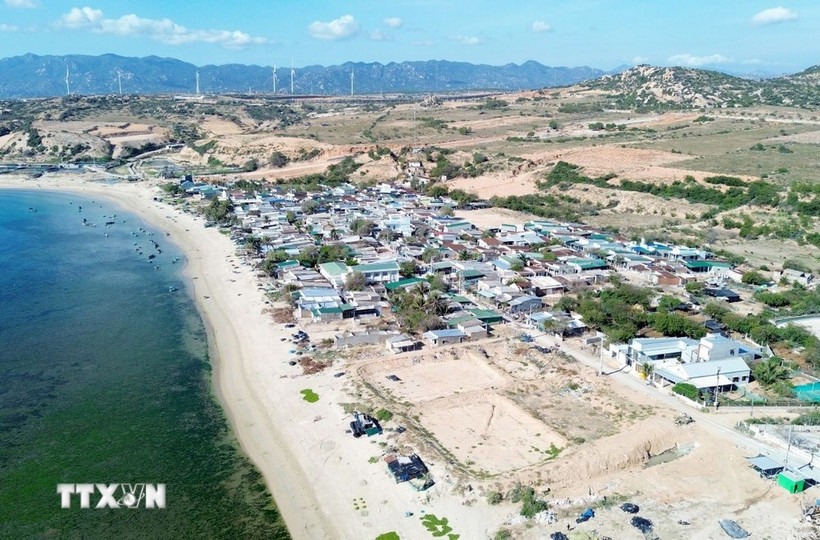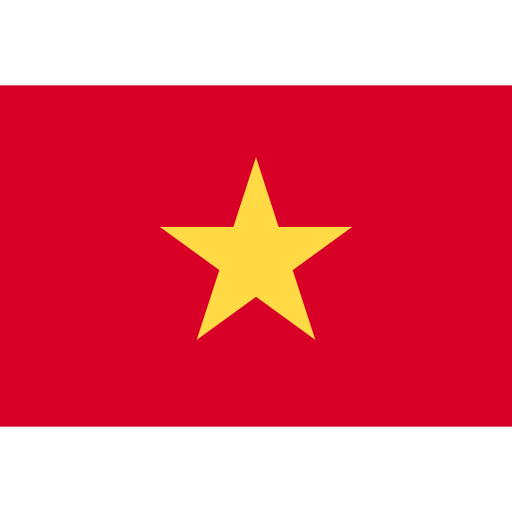
September 4, 2025
Vietnam leverages nuclear science for socio-economic development
Since late 2024, with the official restart of the Ninh Thuan nuclear power project, aimed at ensuring sustainable economic development from the 2030s onward, Vietnam’s atomic energy sector has entered a new phase of in-depth development.
With significant contributions to the country’s sustainable development, nuclear technology is now being widely applied not only in the energy industry but also in various other fields such as medicine, agriculture, environmental protection, food safety, and promoting scientific advancement.
From the foundations in radiation research…
After the country’s reunification, the Nuclear Research Institute (later renamed the Vietnam Atomic Energy Institute) was established, marking a new phase focusing on promoting the application of atomic energy for peaceful purposes and advancing research and implementation activities with ministries and sectors on the application of atomic energy.
In 1977, Vietnam restored its membership in the International Atomic Energy Agency (IAEA) and began receiving technical assistance and cooperation programmes. In 1984, the Da Lat reactor was restored and its capacity doubled, focusing on producing radioactive materials for medical diagnosis and treatment, as well as analysing geological ore samples, biological samples, agricultural products, and environmental studies.
Vo Van Thuan, former Director of the Institute for Nuclear Science and Technology, shared that the Centre for Nuclear Techniques in Ho Chi Minh City was the first to apply radiographic imaging techniques to inspect the quality of bridges, roads, and construction works, and carry out non-destructive testing in industry.

A view of Ninh Thuan nuclear power project (Photo: VNA)
In Hanoi, the Institute for Nuclear Science and Technology conducted environmental geological sample analysis and developed applications in various industrial sectors. Notably, environmental radiation monitoring techniques were used to track the developments of the Chernobyl and Fukushima nuclear accidents. In 1990, the Hanoi Irradiation Centre received the first semi-industrial gamma radiation source sponsored by the IAEA to implement irradiation processes for food preservation and to intensify nuclear energy applications in health care and other industries.
According to Thuan, nuclear power is considered the most important application of the nuclear energy sector. Therefore, the Vietnam Atomic Energy Institute began studying the nuclear power planning programme under the nuclear technology research programme KC-09. Based on forecasts and research, in 2002, the Prime Minister established a government task force to direct the pre-feasibility study of the country’s first nuclear power plant project and develop a comprehensive strategy for the application of atomic energy. In 2006, the Government approved the Strategy for Peaceful Use of Nuclear Energy. In 2007, the National Assembly passed the Law on Atomic Energy, a legal framework to promote the application of atomic energy for peaceful purposes.
…to the application of nuclear energy
Thuan emphasised that the application of atomic energy across various sectors has affirmed its important role in life and in promoting socio-economic development. Particularly in the medical field, Vietnam has progressed from simply using X-rays and Cobalt radiotherapy to now having 85 external cancer radiotherapy accelerators and several brachytherapy machines, nearly 10,000 X-ray units, 400 CT scanners, 40 SPECT and PET scanners. It also has seven small accelerators working in coordination with the Da Lat reactor to produce radioactive pharmaceuticals. These devices are distributed nationwide in nearly 100 oncology and nuclear medicine centres.
Vietnam has made advances in the calibration and quality management of radiation sources and nuclear medical diagnostic machines, improving healthcare quality for its people. Radiotherapy capacity meets nearly 60% of demand, and over 30% of cardiovascular, endocrine, and metabolic disorders are diagnosed early through nuclear medicine.
Additionally, in the process of promoting the application of atomic energy for peaceful purposes, agricultural experts have used radiation-induced mutation breeding to develop more than 80 new crop varieties, including 55 high-yield and high-quality rice varieties such as the famous ST-25 rice, which has now become a world-leading brand.
The atomic energy sector has successfully transferred radiation technology to a commercial scale. Currently, the country has 23 industrial irradiation centres, most of which are private enterprises, equipped with eight gamma sources and 15 electron accelerators primarily used for food preservation and sterilisation of medical equipment, mainly serving export demands.
Tran Chi Thanh, Director of the Vietnam Atomic Energy Institute, stated that in the new phase, Vietnam’s atomic energy sector will move towards in-depth development, gradually mastering core technologies and progressing towards independently designing and manufacturing large-scale, high-demand equipment.
To meet practical needs, training experts and a strong R&D workforce have become a top urgent priority, Thanh stressed.
As part of the cooperation programme with Russia, Vietnam is currently constructing a new Nuclear Science and Technology Centre in the southern province of Dong Nai, which is expected to include a research reactor with a capacity of over 10 MW, 20 times more powerful than the Da Lat reactor.
Since late 2024, with the official restart of the Ninh Thuan nuclear power project, aimed at ensuring sustainable economic development from the 2030s onward, Vietnam’s atomic energy sector has entered a new phase of in-depth development. This highlights the country’s mission not only to develop and successfully apply atomic energy for socio-economic benefit, but also as a demonstration of Vietnam’s scientific and technological advancement./.
Share

















